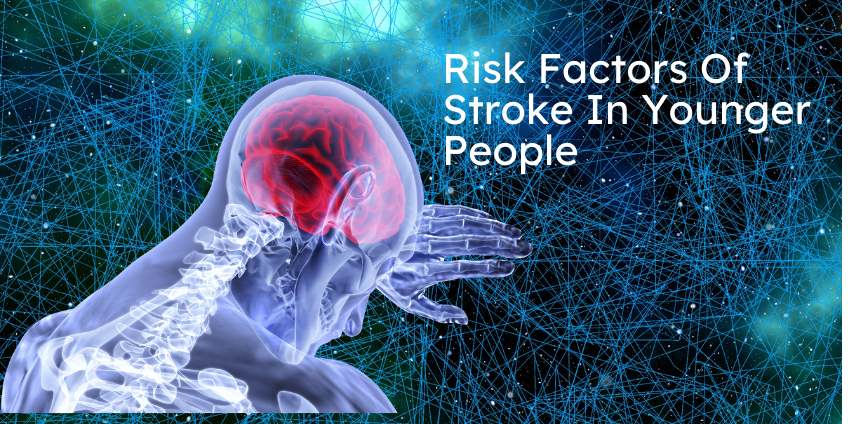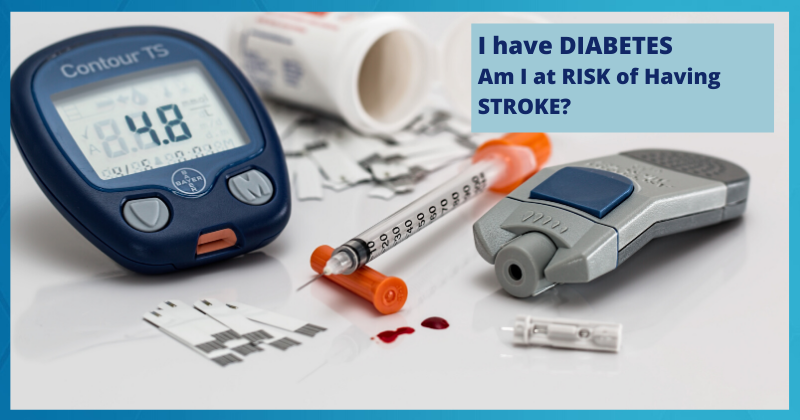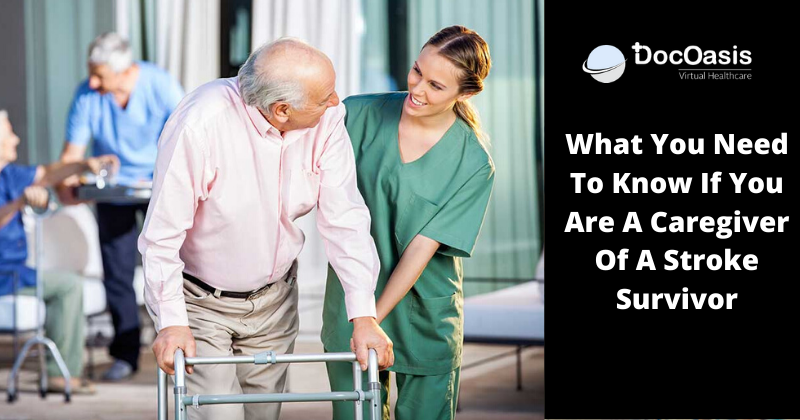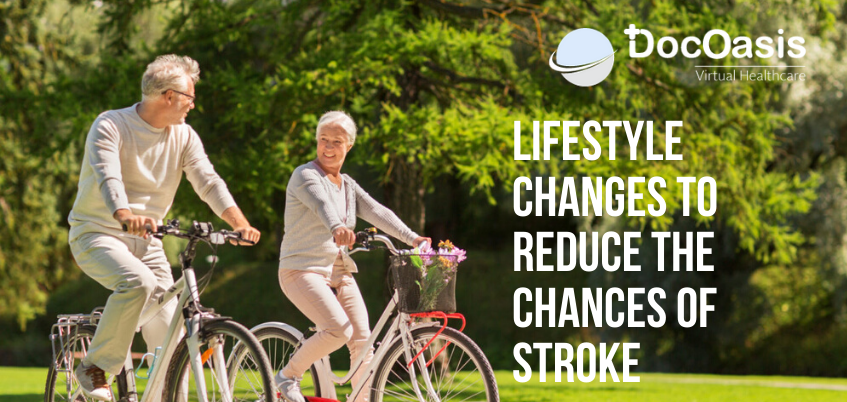Stroke occurs when the blood supply to the brain is interrupted or when the blood vessel in the brain bursts,spilling blood into the spaces surrounding brain cells. Brain cells die when they no longer receive oxygen and nutrients from the blood or there is sudden bleeding into or around the brain.
Your risk for stroke increase with age. But a stroke can strike anyone, anytime. In fact, the rate of stroke among the age group between 18 and 65 is on the rise. The fact is younger people ignore stroke symptoms
Common Risk Factors Of Stroke
- Advancing Age
- Smoking
- High Blood Pressure
- Diabetes Mellitus
- High Cholesterol levels
- Irregular Heart Rhythm (Atrial Fibrillation/Atrial Flutter)
- Ischaemic Heart disease (Angina or Heart attack)
- Chronic Kidney disease
Risk factors for Stroke in Younger Adult (Age <45 years) will include some of the risk factors as above. But not all of them are relevant in this age group. Stroke is not uncommon in this age group, but the causes are different and hence investigations to find them needs to be different.
Additional Risk Factors of Stroke
- Vasculitis or swelling of brain blood vessels (can happen in isolation or in conjunction to disease in other systems like Rheumatoid arthritis, Crohn’s disease, SLE etc.)
- Infective Vasculopathy – permanent change in blood vessel wall in relation to infections like HIV, Hepatitis B & C, Syphilis, Herpes Simplex or Varicella Zoster viruses.
- Toxic Vasculopathy – permanent change in blood vessel wall in relation to use of recreational drugs particularly cannabis and cocaine
- Reversible Cerebral Vasospasm (RCVS) – transient spasm in blood vessel wall in relation to recreational drugs (Cociane/Cannabis), infections or medicines (nasal decongestants are a common offender)
- Fibromuscular Dysplasia – Change is blood vessel wall causing them to be narrower and stiffer, so far cause is unknown. Usually associated with similar change in kidney blood vessels and this needs to be screened and scented if found.
- Dissection – Commonest cause of Stroke in young adults. A small tear occurs in the blood vessel wall due to trivial or non trivial trauma and this leads to blood clots forming around the tear. Common places are neck blood vessels (Carotid and vertebral arteries). Prognosis is very good. Usually the blood vessel remodels itself and completely reanalyses in 90-95% of cases.
- Atrial Fibrillation – irregular heart rhythm
- Obstructive Sleep Apnoea – screen for snoring.
- Patent Foramen Pvale – hole in the heart. Current evidence suggests closing the hole if found is better than medical treatment.
- Congenital Thrombophilia – Certain abnormal blood proteins which are present from birth which makes blood more sticky and therefore more prone to clot. These can be tested through blood samples and treated.
- Acquired Thrombophilia – Certain abnormal blood proteins which are acquired through life which makes blood more sticky and more prone to clot. They are often associated with disease in other systems like Rheumatoid Arthritis, SLE etc.
- COVID Infection – A form of acquired thrombophilia is reported with COVID infections with presence of Antiphosphoplipid antibodies (Abnormal blood protein) transiently which makes blood more prone to clot. Usually dissapears in 3 months.
- COVID Vaccination – Certain COVID vaccines, in particular AstraZeneca (Covishield) and Johnson & Johnson (Jansen), have been reported to cause an immune reaction (bodies defence mechanism malfunctions and attacks blood cells) where they deplete platelets (Vaccine induced thrombocytopenia, ViTT) which causes clotting all over the body.




